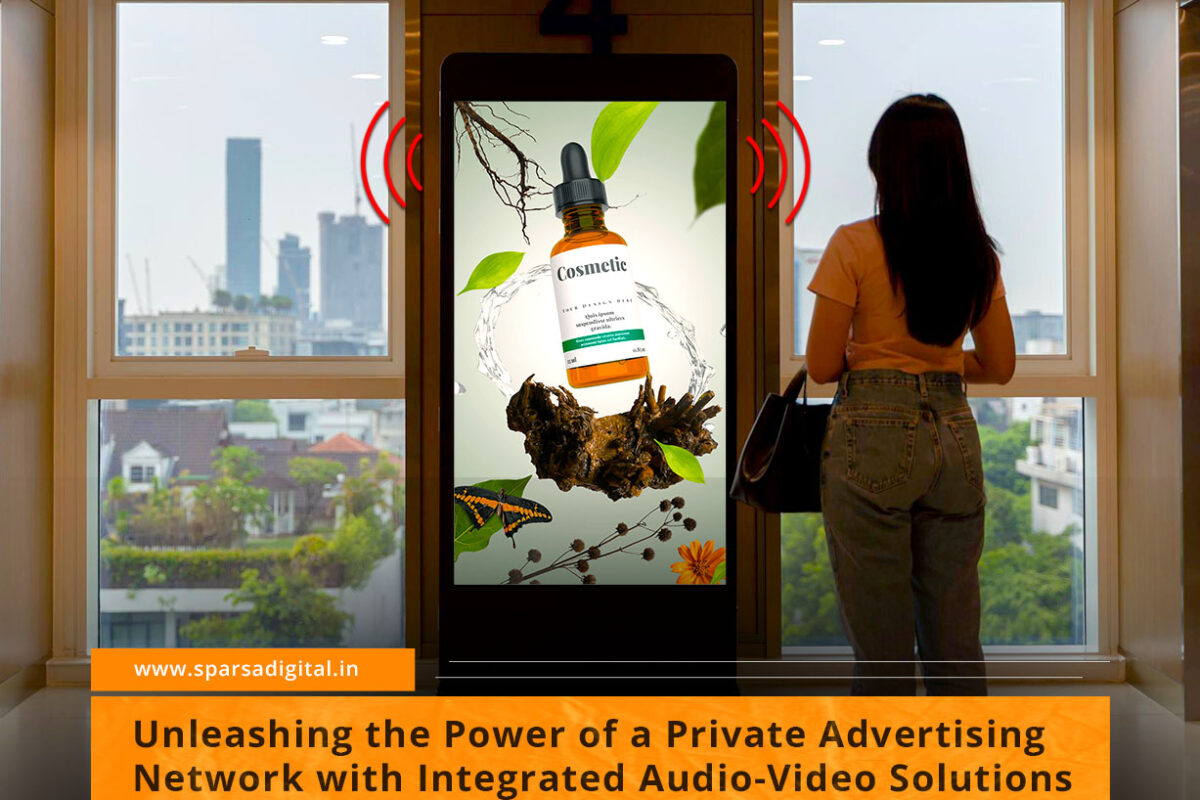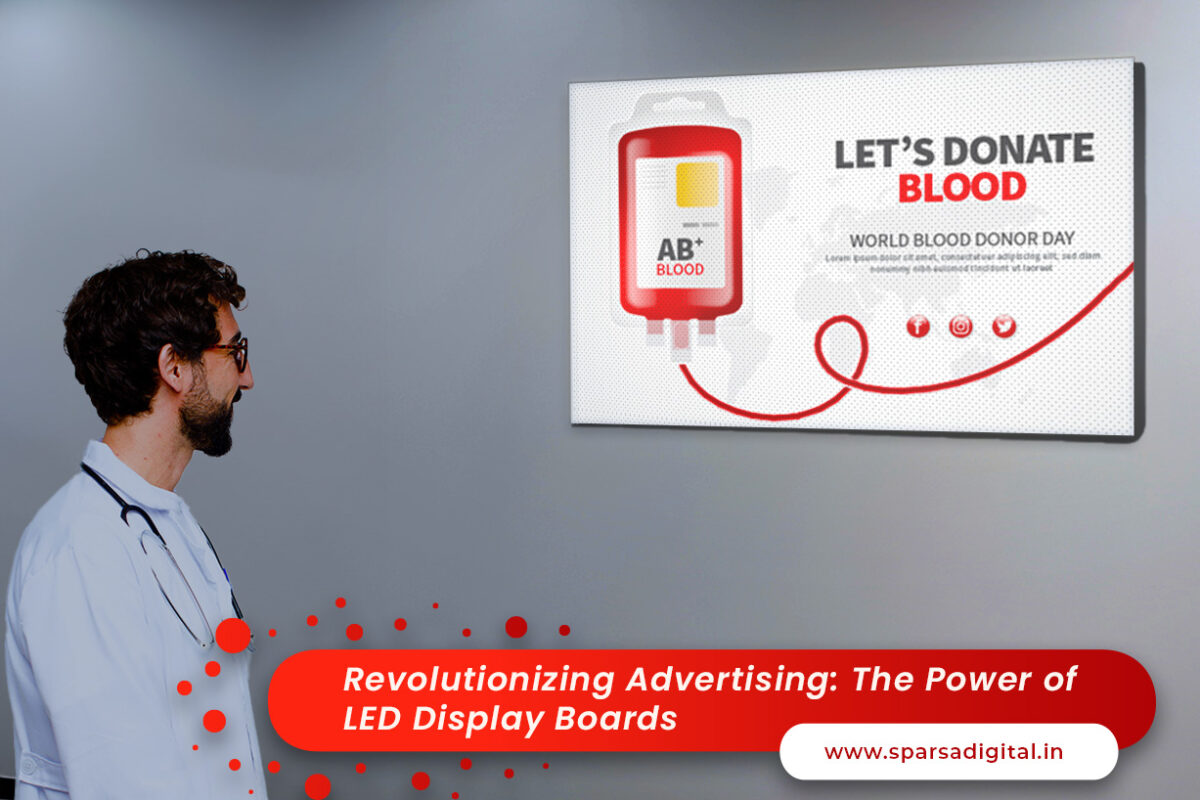In the dynamic realm of advertising, staying ahead of the curve is not merely an advantage but a necessity. The amalgamation of a private advertising network and integrated audio-video solutions represents a groundbreaking approach, redefining how brands connect with their audiences. In this comprehensive blog post, we’ll explore the symbiotic relationship between a private advertising network and cutting-edge audio-video integration. By understanding the key concepts and exploring their applications, we’ll uncover how this synergy is reshaping the landscape of modern advertising.
The Essence of a Private Advertising Network
Before delving into the intricacies of integrated audio-video solutions, let’s establish a solid foundation by understanding the concept of a private advertising network.
Private Advertising Network: A private advertising network is a curated, exclusive platform that connects advertisers directly with publishers. Unlike public networks, private networks offer a controlled and secure environment, fostering a more personalized and targeted approach to advertising. This exclusivity allows for greater transparency, control over inventory, and the ability to tailor campaigns to specific audiences.
Unlocking the Potential: Integrated Audio-Video Solutions
Now, let’s turn our attention to the transformative power of integrated audio-video solutions within the context of a private advertising network.
Integrated Audio-Video Solutions: This refers to the seamless integration of audio and video elements into advertising content. It encompasses technologies such as high-quality sound systems, video displays, and interactive multimedia components. The goal is to create a multisensory experience that captivates and engages the audience on a deeper level than traditional, static advertising mediums.
The Benefits of a Private Advertising Network
1. Exclusivity and Control: Private advertising networks provide advertisers with a controlled and exclusive environment. This exclusivity ensures that brands can maintain a premium image by associating with high-quality publishers, thereby enhancing the overall impact of their campaigns.
2. Targeted Advertising: One of the primary advantages of private networks is the ability to target specific audiences with precision. Advertisers can leverage data and insights to tailor their messages to niche demographics, resulting in more relevant and personalized campaigns.
3. Transparency and Security: Private networks prioritize transparency and security. Advertisers have a clear view of where their ads are displayed, ensuring brand safety and preventing association with undesirable content. This transparency builds trust between advertisers and publishers within the network.
4. Optimized Performance: The controlled environment of a private advertising network allows for constant monitoring and optimization. Advertisers can analyze campaign performance in real-time, making data-driven decisions to enhance the effectiveness of their advertisements.
Elevating Engagement with Integrated Audio-Video Solutions
1. Immersive Experiences: Integrated audio-video solutions bring advertisements to life, creating immersive experiences that resonate with the audience. Whether it’s a visually stunning video accompanied by crystal-clear sound or an interactive multimedia display, these elements capture attention and leave a lasting impression.
2. Enhanced Storytelling: The combination of audio and video enables advertisers to tell more compelling stories. From emotionally charged narratives to educational content, the dynamic nature of integrated solutions allows for a richer and more resonant communication of brand messages.
3. Increased Memorability: Studies consistently show that multisensory experiences are more memorable. By incorporating audio and video into advertising content, brands can significantly enhance recall among their target audience, fostering a stronger connection and brand recognition.
4. Versatility in Formats: Integrated audio-video solutions offer versatility in ad formats. From in-stream videos and interactive multimedia displays to audio-driven ads, advertisers can choose formats that best align with their campaign objectives and the preferences of their target audience.
Applications Across Industries
1. Retail: In the retail sector, integrated audio-video solutions can be employed to create immersive in-store experiences. From video displays showcasing product features to background music that complements the brand ambiance, these solutions elevate the overall shopping experience.
2. Entertainment and Events: Integrated solutions shine in the entertainment industry, enhancing the promotion of movies, concerts, and events. Trailers with captivating visuals and powerful soundtracks, as well as interactive displays at event venues, contribute to heightened anticipation and engagement.
3. Corporate Communications: Within corporate environments, integrated audio-video solutions transform internal communications. From dynamic presentations in boardrooms to interactive displays in common areas, these technologies facilitate more engaging and effective communication among employees.
4. Hospitality: Hotels and resorts can leverage integrated solutions to create a welcoming atmosphere. From digital signage in lobbies to in-room entertainment systems, these technologies enhance guest experiences and contribute to the overall brand image.
Overcoming Challenges and Ensuring Success
While the potential of a private advertising network with integrated audio-video solutions is vast, success requires careful navigation of challenges. Advertisers must address concerns such as privacy, data security, and ensuring a balance between creativity and respect for user experience.
1. Data Privacy and Security: Advertisers must prioritize data privacy and security to build and maintain trust with consumers. Clear communication about data usage, opt-in mechanisms, and compliance with regulations is crucial.
2. Creative Cohesion: Achieving a harmonious blend of audio and video elements requires careful consideration of creative elements. Advertisers should ensure that visuals and sound complement each other to deliver a cohesive and impactful message.
3. User Experience: While aiming for engagement, advertisers must be mindful of user experience. Integrated solutions should enhance, not disrupt, the user journey. Striking a balance between creativity and user-friendly design is essential.
4. Measuring Effectiveness: Establishing meaningful metrics for assessing the success of integrated campaigns is vital. Advertisers should leverage analytics tools to measure engagement, conversion rates, and overall campaign performance.
Conclusion
In conclusion, the marriage of a private advertising network with integrated audio-video solutions marks a significant evolution in the advertising landscape. The power of exclusivity, precision targeting, and immersive storytelling creates a potent formula for success. As technology continues to advance, the potential for even more innovative and engaging campaigns is limitless. Advertisers who embrace this synergy stand to redefine brand communication, leaving a lasting impact on their audiences and shaping the future of advertising in an increasingly digital and interconnected world.


